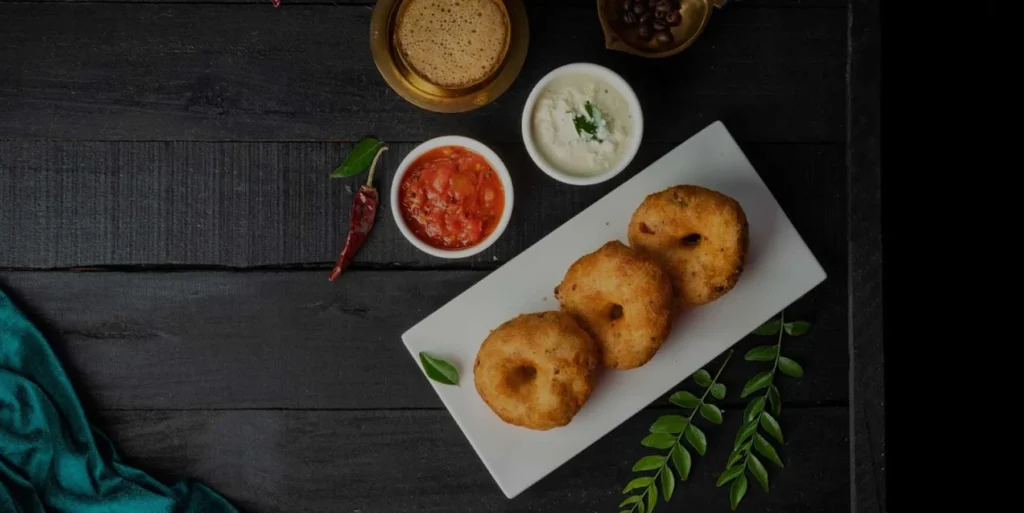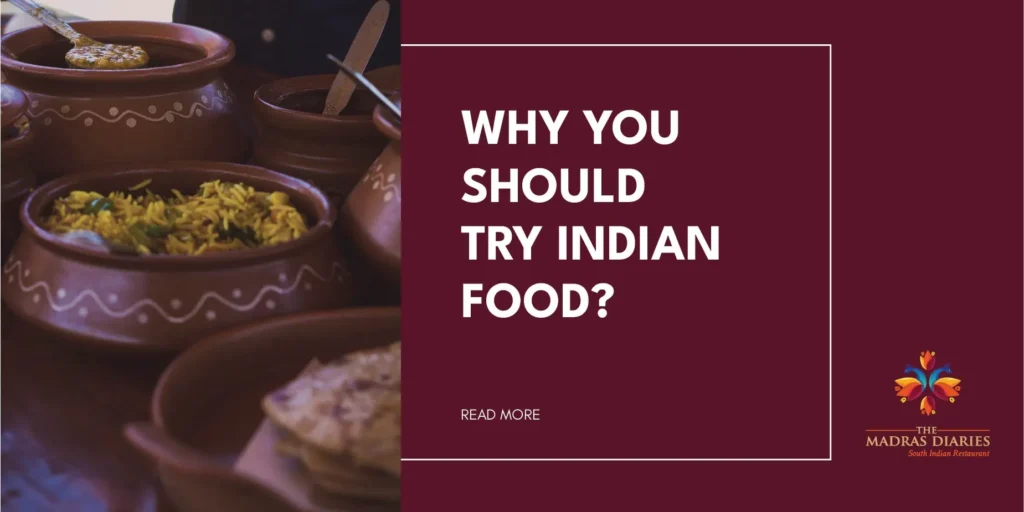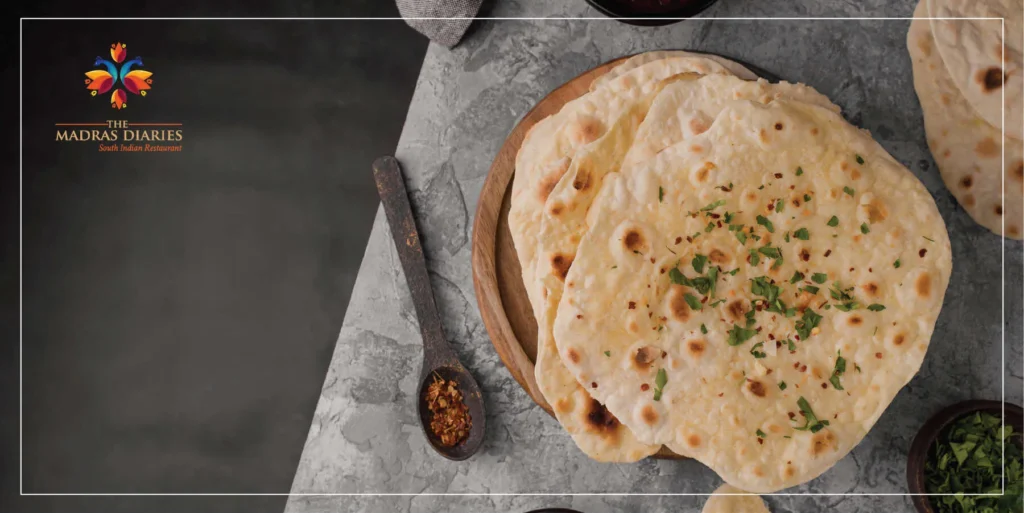There is no shortage of Indian food in the world. Go to any corner of the Earth, and you’re likely to find at least one Indian restaurant to fulfil your cravings. Why? Because Indian food is delicious, comforting, and healthy.
According to a survey conducted in 2019, Indian cuisine is ranked among the top 10 most popular cuisines in the world. It is one of the most inclusive cuisines in the world. Vegetarians and non-vegetarians have millions of diets. But not just that. Want to go vegan? We have hundreds of options without lousy substitutions. Are you starting a keto diet? You can make do with just the Indian staples.
One of the main advantages you get with Indian cuisines is the sheer number of options available to you. Each one of the 28 states in India has a distinctive cuisine that is mouthwatering and unique. Read on to know some of the more specific reasons why Indian cuisine is so well-loved by everyone.
The Spices
Indian food is known for the fragrant spices that are used liberally in every dish. Though spices are not unique to Indian cuisine, we are one of the few cuisines that use such astounding quantities of them. And maybe this is a personal bias, but we also use it in the best way.
There are two schools of thought when it comes to spice usage. Some people prefer a very fragrant and spice-laden dish. Others like a milder dish that lets the other ingredients shine. Well, Indian cuisine has plenty of both styles of cooking. If you want a rich and fragrant dish, then North Indian curries and biriyani are the dishes for you. They are loaded with warm spices that you are sure to love.
If you’re someone who prefers fewer spices, then you may like South Indian Sambars and Rasams more. Though they do have some spices like jeera and pepper, they are used in much lesser quantities. Turmeric, also known as the golden spice, is a super spice. It adds both health and taste to the dish. Turmeric is known to improve your heart’s health and prevent diseases like Alzheimer’s. It is also an anti-septic ingredient when used topically.
Spices aren’t just used for their flavour. Most spices also have health benefits and Indian cuisine has very methodically taken advantage of these properties. For example, ginger is a spice that helps with digestion. Ginger is used heavily in non-vegetarian foods which may be harder to digest. Similarly, a poppy seed or Khus Khus is a spice that makes you sleepy. This is why it is added to milk and had at night to encourage deeper sleep.
The Variety and Diversity
It is quite impossible to grow bored of Indian food. There is just too much variety. You can have a unique dish every day for more than a year. Indian cuisine is quite diverse as you move across the different regions of the country.
If you’re a seafood fiend, then Keralan, Goan, and West Bengali cuisines would tickle your taste buds. They have flavourful dishes using a variety of seafood from clams, crabs, fish, and even sharks. The seafood variety available in India is second only to oriental cuisine.
But if you’re a vegetarian, then the Rajasthani and Gujarati cuisine would be right up your alley. They have a large range of vegetarian dishes that are extremely healthy and delicious. Some people assume that vegetarian dishes mean tasteless food. But that can’t be further from the truth in Indian cuisine. We imbibe all of our food with flavour, whether they’re vegetarian or non-vegetarian.
For meat lovers, the south Indian Chettinadu cuisine would be a delight. The Chettinadu cuisine uses a ton of warm spices and red chillies to make scrumptious curries that are the perfect accompaniment to rice, idly, and dosa.
Chicken Tikka Masala is a famous meat curry in the North. Today, this dish is the national dish of the United Kingdom. Other north Indian meat curries like the Kashmiri Rogan Josh or the Punjabi Butter Chicken Masala are heartwarming comfort foods for meat lovers.
The Desserts
Desserts are everyone’s favourite part of a meal. As much as you love a cheesecake and ice cream, nothing beats the scrumptiousness of Indian desserts. Indian desserts are rich and so fulfilling that you can’t stop eating them.
Even in the dessert category, there is a vast variety and something for everyone. A popular theme with Indian desserts is “fried and soaked in sugar syrup”. And there is nothing more delicious than that.
Some popular Indian desserts that follow this theme include Gulab Jamun, Jalebi, and Malpua. Of these scrumptious desserts, Jalebi recently became world-famous due to Tesher and Jason Derulo’s song – Jalebi Baby. Other Indian desserts like Kaju Katli, and Burfi are non-sticky desserts that are loved world-over.
We can’t talk about Indian desserts without including this South Indian speciality – payasam. Payasam is a milk-based dessert that’s runny and a customary part of a South Indian meal. There are many varieties of payasam, each tastier than the next. It is made with ingredients like Cardamom which is supposed to help you with digestion, this is why the dish is had at the end of the meal.
We also have a ton of cold desserts as well. Kulfi is the most popular in this category. Kulfi is akin to Ice Cream in Indian cuisine. Other cold Indian desserts include Basundi, Rasmalai, and Kheer. So the Indian dessert offering is a sweet tooth’s heaven.
The Health
Ayurveda is a widely popular concept. To those unfamiliar with it, it is essentially the practice of using food and herbs to maintain your health. And this ingenious practice was invented by old-age Indian scientists.
Indian food focuses heavily on health and balance. In south India, a major part of the diet is rice. This makes up the carbohydrate of the food pyramid. For protein, lentils and meat is consumed. Even the old-age preparation of food, which was cooked in earthen pots and over a firewood stove, added taste and health to the food.
Another Indian invention that is now popular worldwide is cold-pressed oils. This was milled in the Indus Valley Civilisation. And today, cold-pressed oils are considered to be the healthiest form of oil processing, especially for consumption purposes.
A study has found that Puttu and Idly, which are integral parts of the south Indian cuisine, are the healthiest breakfast foods in the world. This is because Idly is fermented, which introduces a ton of probiotics into the food. And Puttu is steamed, which is a very healthy way of preparing food.
So as much as there is a host of fried food in India, from Pakoras and Samosas, we tend to balance it out with our steamed and boiled dishes.
Easy to Learn
At first, learning to cook Indian food may be overwhelming. There are a lot of powders and spices you need to learn the names of. But if you’re a pretty regular cook already, then cooking Indian food is extremely simple. There are no hard or fast rules to Indian cooking.
The cuisine was developed by people who hated measuring ingredients. Though this may be intimidating to a novice cook, not having to scientifically measure ingredients makes cooking much easier.
The basics of Indian cooking are learning how to steam rice and make chapati, and curry. This is an extremely achievable feat that only takes a bit of practice. And when you learn how to make it, you can customize it to your palette.
A common complaint with Indian food is that it is spicy and too hot to handle. With you holding the spatula, you can control the exact amount of spice that you’re confident you can handle.
Indian cuisine is also very adaptable. So if you have any allergies or food sensitivities, it’s effortless to work around that when cooking Indian food. That is another reason why Indian food is so popular the world over.
The Fusions
Certain Indian dishes are extremely compatible to make fusion dishes. The easiest fusion to make with Indian food is Indo-Chinese fusion. Since both cuisines share many similarities in terms of ingredients, people are more forthcoming in trying Indian dishes.
Another popular fusion category is Italian fusion. Though an Italian citizen may not agree, Indian-style pizzas and pasta are delicious treats. The flavours of both these cuisines pair well together even though there aren’t many similarities between the two.
Having such a wide array of fusion dishes makes hesitant people more likely to try Indian food. If you liked an Indian-fusion pizza, you’re more likely to try proper Indian food too.
Pop-Culture
Pop culture has a tremendous influence on everything in life. And this influence can never be overlooked. Apart from the deliciousness, one of the main reasons for the popularity of Indian food is the increasing presence of Indian touches in Hollywood.
Shows like The Big Bang Theory, Bridgerton and Never Have I Ever have prominent Indian characters. The Big Bang Theory, especially, shows the main characters regularly eating and enjoying Indian food. This casts a significant influence on the watchers of the show. Meaning more people are curious to try Indian food. And let’s be real, it’s hard to hate Indian food after you’ve had it once.
Sattvic Food
Another concept in the Indian diet consumption pattern is based on Sattva, one of the three yogic qualities. According to Sattva or Sattvic diet, some foods give you energy while some take energy from you. Non-vegetarian food is banned in a sattvic diet. Some foods you can eat are fruits, dairy products, vegetables, grains and legumes, among many others. A sattvic diet is thought to give you balance and harmony in life.
The Order Of The Dishes
The vedic-period Indians have brought everything down to a science. Even the order in which we eat our food has scientific significance. In South Indian cuisine, a vaazha elai saapadu is the traditional way of eating. The first dish served is a sweet, usually a spoon of payasam. This is so that the meal is started on a sweet note.
Then, a curd-based pachadi and vada are served. This is followed by the vegetables and other accompaniments to the main dishes along with plain cooked dhal. On this, they serve a bed of white rice and finish it off with ghee. Stews like sambar, rasam, vathal kozhambu, mor kozhambu, and buttermilk are had along with rice.
The heavier stews like sambar and vathal kozhambu are eaten towards the beginning of the meal. Then at the end, rasam and buttermilk are served. This is done so that you don’t feel too heavy and full at the end of the meal. Finally, a healthy portion of payasam is served so you can end the meal on a sweet note as well.
South Indian food also has a concept called Arusuvai, meaning 6 tastes. These tastes are sweetness, spiciness, astringent, sourness, bitterness, and saltiness. According to Ayurveda, these 6 tastes relate to the six main minerals needed by our body. So consuming it with every meal is supposed to help with your physical wellness. And a typical Indian meal will contain dishes that have all these tastes.
If you’re never had Indian food, then you’re missing out. Indian food is an amalgamation of tastes, textures, and temperatures. If you have it once, you’ll find it challenging to stop. If you have Indian friends, consider yourself lucky and go dine authentic at their home. If you don’t, find the most authentic restaurant around you and treat yourself to a feast like a god.
And that’s exactly what The Madras Diaries is. We serve heartwarming South Indian food that will surely get you hooked on the cuisine. Order now and you’ll be thanking us later.



